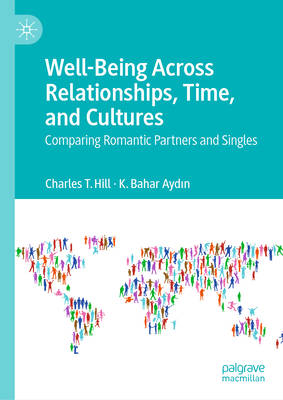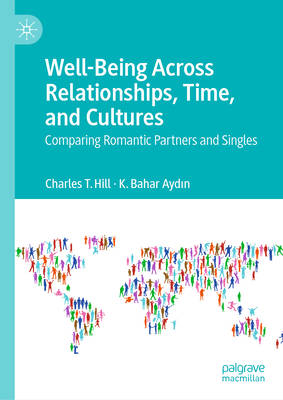
- Afhalen na 1 uur in een winkel met voorraad
- Gratis thuislevering in België vanaf € 30
- Ruim aanbod met 7 miljoen producten
- Afhalen na 1 uur in een winkel met voorraad
- Gratis thuislevering in België vanaf € 30
- Ruim aanbod met 7 miljoen producten
Zoeken
Well-Being Across Relationships, Time, and Cultures
Comparing Romantic Partners and Singles
Charles T Hill, Kâmile Bahar Aydın
Hardcover | Engels
€ 259,45
+ 518 punten
Omschrijving
This book provides a comprehensive overview of the many components of well-being and the many factors which can influence it. As opposed to the books which explore just a single component of it or the well-being of one group at one time in one culture, it begins by reviewing theories of the cognitive, emotional, and behavioral components of well-being, and variations in relationships, time, and cultures that can influence well-being. It emphasizes that positive and negative well-being often comes in reaction to needs being met or not being met, or perceived as being threatened. A primary means of meeting needs is by interacting with others, in single encounters or on-going relationships. Part II presents new analyses of five studies that compare various types of relationship partners and singles, confirming that on average relationship partners often have higher well-being than singles. But many singles have high well-being, and some relationship partners have low well-being, with singles being more at risk of low well-being. Previous research has paid insufficient attention to the well-being of singles, who are an increasing percentage of adults. The final section provides an overview of the ways in which individuals, communities, therapists, and researchers can promote well-being.
Specificaties
Betrokkenen
- Auteur(s):
- Uitgeverij:
Inhoud
- Aantal bladzijden:
- 311
- Taal:
- Engels
Eigenschappen
- Productcode (EAN):
- 9783032064301
- Verschijningsdatum:
- 5/01/2026
- Uitvoering:
- Hardcover
- Formaat:
- Genaaid
- Afmetingen:
- 148 mm x 210 mm

Alleen bij Standaard Boekhandel
+ 518 punten op je klantenkaart van Standaard Boekhandel
Beoordelingen
We publiceren alleen reviews die voldoen aan de voorwaarden voor reviews. Bekijk onze voorwaarden voor reviews.








